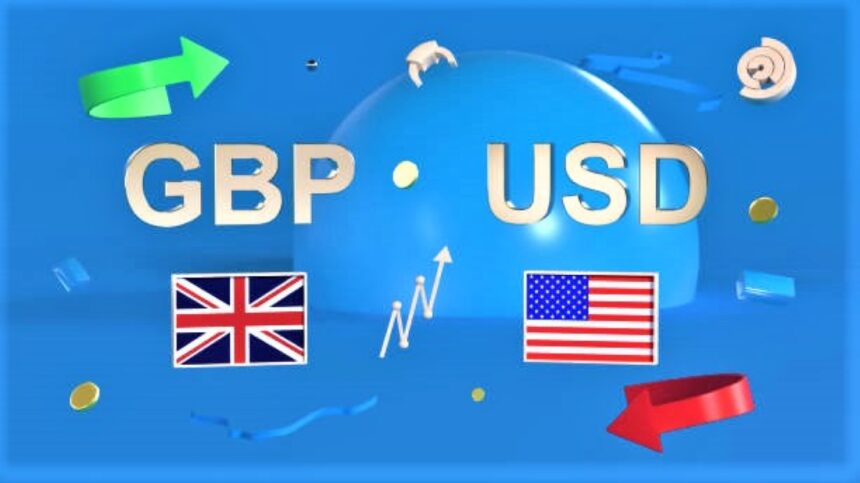GBPUSD trades in a narrow channel above 1.2500 throughout the European session.
After oscillating dramatically in the second half of the previous week the GBPUSD appears to have stabilized above 1.2500 at the start of the new week. The near-term technical picture provides no directional cues. As the pair is struggling to break away from the 200-day Simple Moving Average (SMA), which is now at 1.2540.
Bank of England’s (BoE) policy statement following the judgment took a dovish tone.
The Bank of England’s (BoE) policy statement following the judgment took a dovish tone. The decision to keep the bank rate at 5.25% on Thursday made it tough for the Pound Sterling to find demand. The US Dollar (USD) selloff, caused by poor US data later in the day, helped GBPUSD find support and allowed the pair to surge beyond 1.2500.
BoE Governor Andrew Bailey expressed optimism that things were going in the right direction for a rate cut, citing good inflation data.
Ahead of the weekend, numerous Federal Reserve (Fed) officials made aggressive remarks, limiting GBPUSD upside. Minneapolis Fed President Neel Kashkari reiterated his concerns about the policy’s restrictiveness. Adding that he cannot rule out another rate hike this year. Additionally, the Federal Reserve Board On Friday, Governors member Michelle W. Bowman stated that she does not believe rate decreases are required this year. And that she would prefer to see many months of improved inflation statistics.
On Monday, there will be no major economic data releases. Phillip Jefferson. Fed Vice Chair of the Board of Governors, and Loretta Mester, President of the Cleveland Fed, are slated to talk during the early American session. If these officials continue to speak in hawkish terms. The GBPUSD could remain under pressure. The UK Office for National Statistics will release labor market data early Tuesday morning in Europe.
GBPUSD Technical Analysis
At 1.2540, the 200-day Simple Moving Average (SMA) continues to provide as near-term resistance. In case the GBP/USD rises. Above that level and confirming it as support, 1.2590-1.2600 (Fibonacci 50% retracement of the last downturn, psychological level) might be considered as the next resistance level before 1.2635 (high on May 3).
On the downside, 1.2500 (psychological level, 100-period SMA on the 4-hour chart) serves as the first support level before 1.2450 (Fibonacci 23.6% retracement) and 1.2400 (static level, psychological level).









